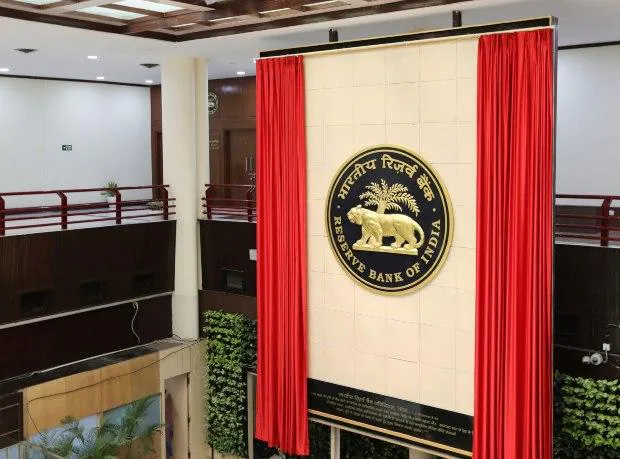[ad_1]
With economic activity still to reach pre-pandemic levels, the RBI may slow down the pace of rate hikes until next year to quell soaring inflation while supporting growth, the Asian Development Bank (ADB) says in its latest report.
The Manila-based multilateral funding agency has raised the inflation forecast for the current fiscal year ending in March 2023 to 6.7 per cent from its earlier projection of 5.8 per cent.
For the next fiscal year too, the forecast has been revised upwards to 5.8 per cent from 5 per cent earlier.
Inflation will remain elevated this year and the next, ADB said in an update to its flagship Asian Development Outlook (ADO) 2022 report.
“This Update forecasts the inflation rate averaging 6.7 per cent in FY2022 (fiscal ending in March 2023) before moderating to 5.8 per cent in FY2023 (ending in March 2024), just below the central bank target range of 2 – 6 per cent,” it said.
Both forecasts are higher than ADO 2022’s projections.
Even though supply pressures are expected to ease in the current fiscal year, upward pressure on inflation could continue because of demand-side pressures caused by increasing economic activity, according to the ADB report.
The report says the Reserve Bank of India (RBI) is expected to increase policy rates even though economic activity is still below the pre-pandemic trend and inflation continues to be driven more by domestic supply conditions than international factors.
“The RBI may, however, consider slowing the pace of policy rate hikes until next year because economic activity, although increasing, remains below the pre-pandemic trend. At the same time, allowing the exchange rate to serve as an automatic stabilizer will help improve the balance of payments position,” as per the ADO Update.
The RBI has increased the policy rate by 140 basis points (1.4 per cent) over 4 months to contain inflationary expectations.
High inflation due to elevated oil and commodity prices will likely require continued tightening monetary policy to ensure that inflation expectations do not get entrenched, which would likely hinder economic growth in the short run, it said.
As per the report, India’s exports and growth are expected to be adversely affected due to weaker than expected global demand over the next two years.
ADB has cut India’s GDP growth forecast for the current fiscal to 7 per cent from 7.2 per cent, on the assumption that global demand will remain sluggish and oil prices will remain elevated.
For next fiscal, ADB expects the Indian economy to grow by 7.2 per cent as against 8 per cent it had projected earlier.
“Nevertheless, the economy is expected to grow strongly over the forecast horizon, with investment playing a catalytic role. Private consumption will be affected by higher inflation eroding consumer purchasing power even though consumer confidence continues to improve.
“Sticky core inflation will adversely impact spending over the next 2 years if wages fail to adjust,” cautions the ADB report.
Even as government subsidy support on fertiliser and gas, free food distribution as well as excise duty cuts will help offset some of the effects of high inflation on consumers, ADB said taxes on packaged food products will likely be a burden on consumers already dealing with rising inflation.
The Manila-based agency also expects investment growth to be lower than projected due to the increase in RBI policy rates, increasing the cost of borrowing for investors amid rising global uncertainty.
On the rupee, ADB said the RBI has been active in preventing it from depreciating further, resulting in the biggest drawdown of foreign exchange reserves since the 2008-09 global financial crisis.
The rupee depreciated from Rs 74.3 to the US dollar in January 2022 to Rs 80 in July. It fell further below Rs 81 this week.
“To minimise the loss of reserves, future interventions should be aimed at reducing wide short-term exchange rate swings rather than stabilising the rate, thereby allowing it to reflect underlying market conditions and remain an automatic stabiliser,” the ADO Update said.
(Only the headline and picture of this report may have been reworked by the Business Standard staff; the rest of the content is auto-generated from a syndicated feed.)
[ad_2]
Source link



